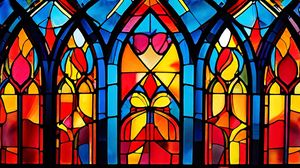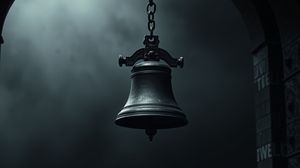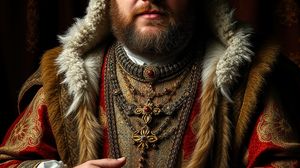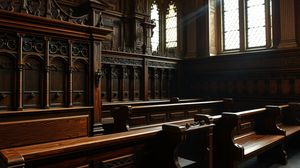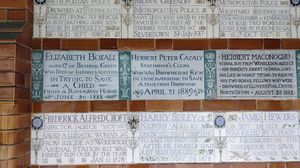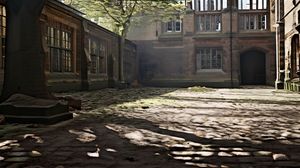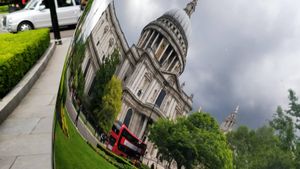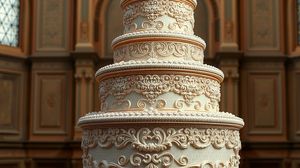
Nestled in Smithfield, the Golden Boy of Pye Corner is a small yet intriguing historical monument with significant ties to London's past. It is rated as one of the most unusual commemorations in the city, marking the exact spot where the Great Fire of London came to an end in 1666. The statue is a poignant reminder of the city's vulnerability to fire, as it prompted changes in the city's architecture and building regulations.
The Golden Boy of Pye Corner is a gilded statue of a plump, cherubic boy, mounted on the corner of a building. It is said to illustrate the sin of gluttony, which was believed to be one of the main causes of the Great Fire, as a warning to the citizens of London. Instead of being a grand monument, its modest size makes it an interesting and somewhat quirky piece of the city's history.
Although modest in scale, the statue's charm lies in its symbolic representation and historical significance. Crafted in the 17th century, it retained a curious allure for both locals and tourists. The statue survived through the centuries, witnessing the evolution of London from a city recovering from a great disaster to the bustling metropolis it is today.
The building that houses the Golden Boy features an interesting mix of architectural styles, reflective of the diverse layering of historical periods in London's built environment. Although the boy may not be the most ornate piece of sculpture, its stylistic portrayal of indulgence and admonition offers fascinating insight into societal values and beliefs of 17th-century Londoners.
For those interested in London's unique curiosities, the Golden Boy of Pye Corner provides a brief yet captivating story of morality, history, and artistic representation. It serves as an unexpected gem in London's vast collection of monuments, embodying a narrative that interweaves human nature with the city's collective past.

Making the Most of Your Visit:
If you're on a nostalgic journey through London's history, this is a spot to treasure. The Golden Boy of Pye Corner hides in plain sight, so keep your eyes peeled; it's easy to miss amidst the hustle and bustle of Smithfield.
Notice the symbolism: the statue is located at the corner of Cock Lane where it meets Giltspur Street. It's said to warn against gluttony, a moral from the past that reminds us of human nature's role in disasters. Remember, the boy himself is plump to emphasize this message!
Bring the story to life by reading some of the plaques and nearby signs—they offer fascinating tidbits about the Great Fire of London and the lessons learned. It's like a mini history lesson in the open air.
For photography enthusiasts, capturing the boy as the sunlight hits the gold can create a mesmerizing shot. Try different angles to catch a unique view of this little-known piece of history.
If you're into walking tours, consider including this into a self-guided stroll through Smithfield and the surrounding area. The journey through history with unexpected finds like the Golden Boy will enrich your London experience.

Visiting Times & Costs:
The Golden Boy of Pye Corner is an open-air monument and can be viewed by the public at any time of the year. As it is situated on the exterior corner of a building, there is no entrance fee; it is completely free to visit.
Accessibility may be a consideration for some visitors. The statue is located at street level on the corner of Cock Lane and Giltspur Street. While the site itself is accessible, the pavement around might be subject to typical urban conditions, such as being uneven or crowded.

Address & Map:

Nearby:
